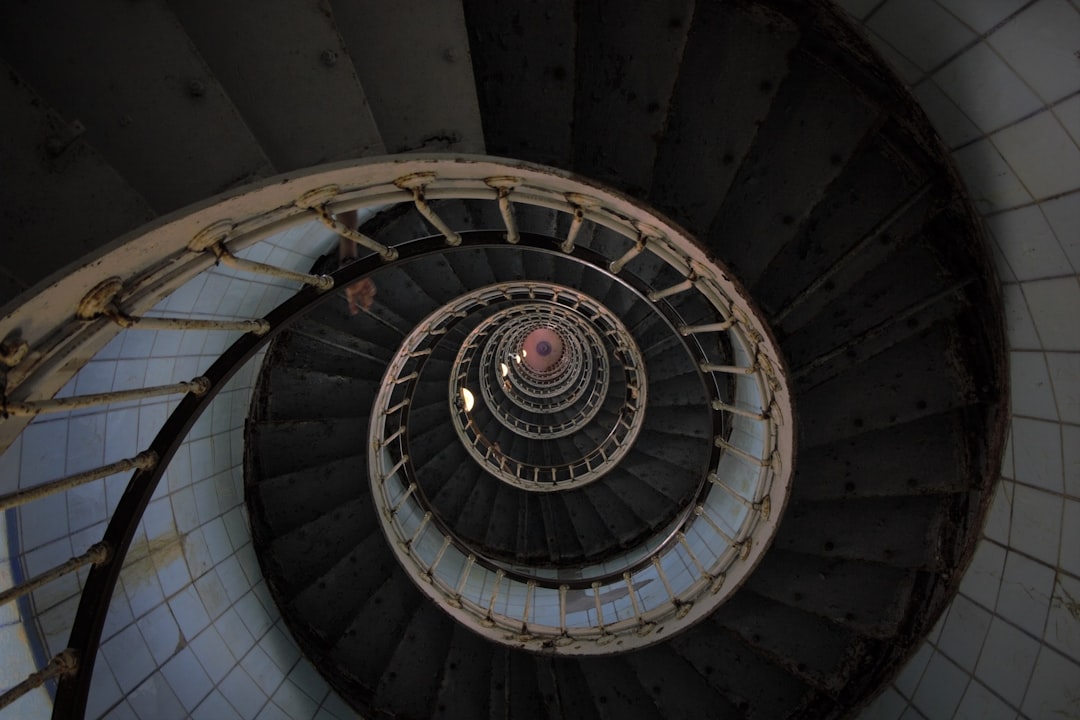What is it about?
Building density information is fundamentally important for urban design, planning and management and for urban environmental studies. This paper demonstrates that Building Coverage Ratio (BCR), Floor Area Ratio (FAR), and other building density indicators can be numerically and automatically derived from high-resolution airborne LiDAR data. An object-based method is proposed to process the LiDAR data for the building density information. The method consists of a sequence of numerical operations: generating the normalized Digital Surface Model (nDSM), extracting building objects, deriving object attributes, associating objects with the corresponding land lots, and computing building density indicators at land lot and urban district scales. The algorithms for these operations have been implemented as an ArcGIS extension module. The object-based method is applied to the processing of airborne LiDAR data over downtown Houston. Various attributes have been derived to quantify the building density, urban physical structure, and landscape morphological characteristics of the downtown area at three different spatial scales.
Featured Image
Read the Original
This page is a summary of: Automated derivation of urban building density information using airborne LiDAR data and object-based method, Landscape and Urban Planning, December 2010, Elsevier,
DOI: 10.1016/j.landurbplan.2010.08.004.
You can read the full text:
Contributors
The following have contributed to this page










